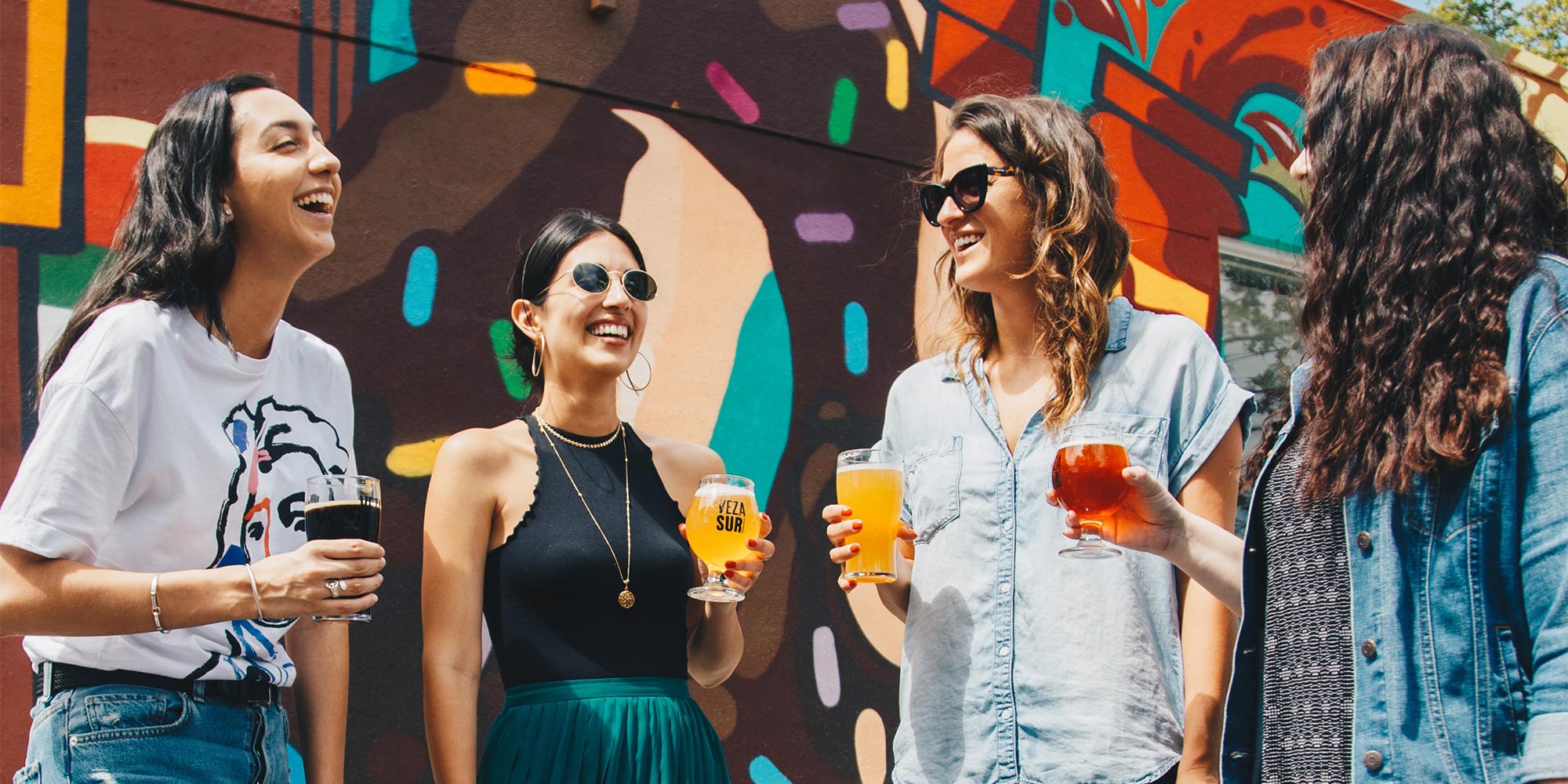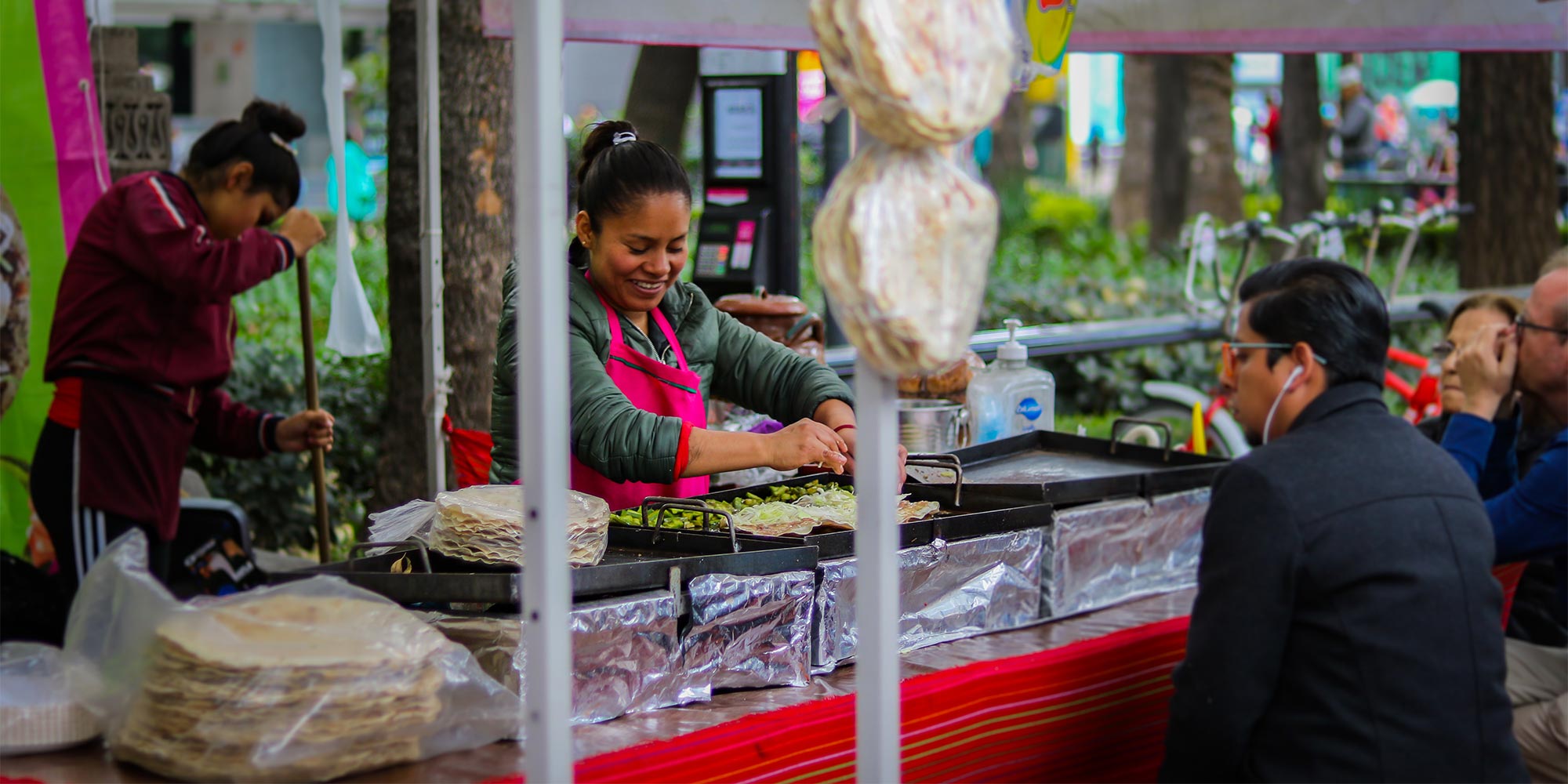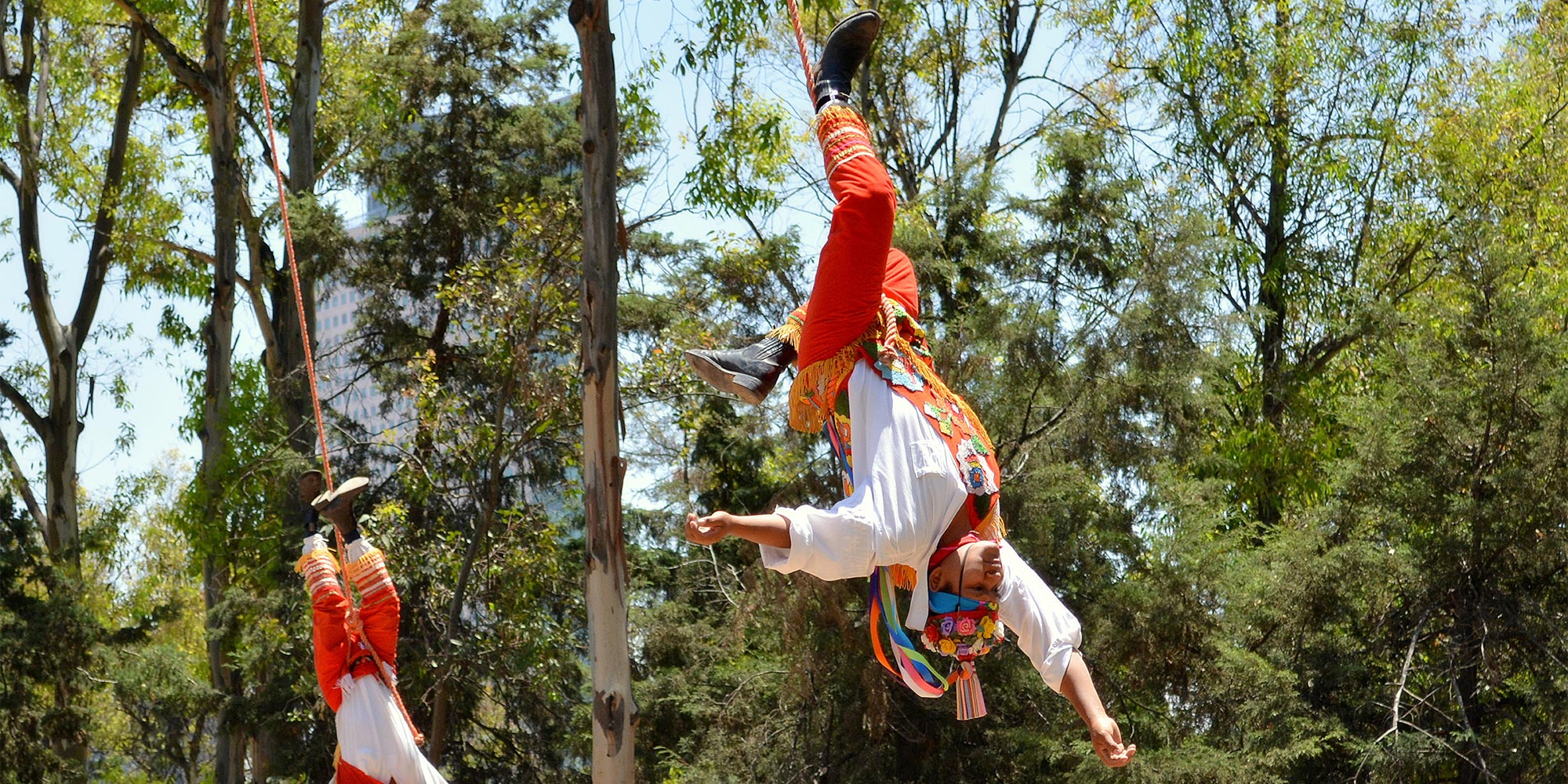Speak Like a Chilango: CDMX Language and Culture
Although you might be familiar with some basic Spanish phrases, it’s important to understand the context of when and how they’re used in Mexico City in order to really communicate with the chilangos/as (residents of the city). Here are some language and cultural basics that will make you feel more like a local while in CDMX.

Language Basics
Hola: Hello. You might be surprised to find that vendors and others on the street may offer up an “hola” as you walk by; return it! Mexicans are very welcoming, take pride in their city, and are happy you’re visiting it.
Buenos días/Buenas tardes/noches: Good morning (day), afternoon, and evening (night). Use “buenos días” before noon, “buenas tardes” from noon until 6pm, and “buenas noches” from 6pm on.
¿Cómo estás? ¿Qué tal?: Either of these expressions are used to ask “how are you?” and are very commonly added to an “hola” when greeting people.
Por favor/Gracias: Please and thank you. “Por favor” can also be shortened to “porfa” or “porfis” for a more informal expression of the same sentiment.
Joven: Literally translating to “young”, this is commonly what older Mexicans call waiters or other young people. It’s a very nice way of addressing your waiter if they are, indeed, younger than you. If they’re not, stick to “caballero” (gentleman) or “señor/señora” (sir/madam).
Que chido/a: How cool! If you see something you like, or someone tells you something neat, this is the appropriate response. For example: say you’re at the Coyoacan artisanal market and a vendor shows you a pair of huaraches (amazingly comfortable leather sandals) that aren’t on display but match what you’re looking for; you could respond with “¡que chido!”
Hasta mañana/luego: See you tomorrow/later. When leaving a group of friends you’ll be seeing soon or planning an upcoming tour with a guide, use these expressions as you’re leaving the gathering or meeting.
¿Neta?: Really? This word is commonly used in the capital to express disbelief. Let’s say your friend just bought a beautiful sarape (multi-colored blanket or shawl) for a great price, you might respond with ¿neta?

Tipping
It’s common to tip from 10-20 percent at every sit-down meal. 10% is for a standard job, 15% is for an above-average job, and 20% is for an excellent job. At cafés, coffee shops, stands and the like, it’s more common to leave a few pesos (think five to 20) depending on the price of your coffee, sandwich, ice cream, etc.

Street Culture
People asking for money: If you’re sitting at an outdoor cafe or restaurant, it’s common that people will pass by and ask for money or be selling small items like marzipan, bookmarks, or sweets. If you’re not interested, reply “No, gracias” as it’s common to thank the person for offering you something in the first place.
Musicians: Similarly, if you’re sitting at an outdoor cafe or restaurant and a group of musicians begins to play outside, it’s common to give small change—think five to 10 pesos—after they’ve performed and/or when they come around to collect tips.
Siestas: It’s fairly common for people to sleep in parks and on the streets in Mexico City, so don’t be alarmed if you see this.
Parties: You may come across entire neighborhood streets closed off for block parties celebrating birthdays, quinceñeras (15th birthday parties), weddings, and baptisms.
Vendors: You’ll find great street vendors in most every neighborhood selling everything from beautiful artisanal crafts to jewelry, calaveras, handmade fabric dolls, and more. If you like something a street vendor is selling, pay the price they’re asking for, don’t haggle—unless you’re buying in bulk.
{$section.placeName}
{$section.address}
{$section.addressNotes}
{$section.description}